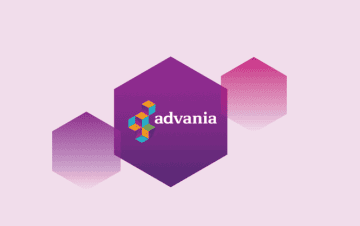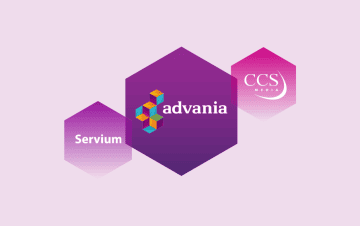Monday the 23rd March 2020 was the day the morning commute to the office didn’t happen for the majority of us working in the UK. Normally crammed tubes were mostly empty and traffic on the roads was reduced significantly. Initially it was 12 weeks but here we are over 12 months later and a large section of us haven’t set foot in our offices since. With lockdown being lifted (hopefully for the final time) the big question is how many of us will be returning to the office and in what capacity? A survey of senior leaders across multiple verticals showed that less than 50% of them expected staff to fully return to the office before the end of 2021.
Recent staff surveys show that the vast majority favoured a blended approach to returning to the office and in my opinion, most companies will adopt this flexible approach to staff returning to the office. Hybrid working will become vogue and most people’s work/life balance will be all the better for it. While this approach is great for staff, it poses some real challenges for the leaders in organisations around how they best support this moving forward. We are seeing a lot of organisations re-evaluating their investments in people, real-estate, infrastructure and technology and it won’t be long before the phrase “new normal” is replaced with “normal”.
What factors create a successful hybrid working environment?
Most organisations we talk to are focussing their thoughts on their physical infrastructure when considering this and how they redesign their operations to support the workplace of the future. I’ve highlighted some of the key messages we hear when talking with clients.
- Social Distancing impacting the number of people in the office at any one time.
- Office design and layout – gone are stuffy meeting rooms in come open spaces for conversing (socially distanced of course).
- The physical real estate itself – do we need more/less offices or this size of office to support our staff moving forward with government regulations and employee health and safety at the heart of it.
- Home Office investments for staff – ensuring they can deliver a consistent experience to their work and our customers by replicating their office setup at home – think comfy chairs, desks and multiple monitors for those who like that sort of thing.
- Technology – how do we securely and consistently deliver IT to our internal/external users? What risks do we need to consider? What gaps do we have in our security posture and how do we ensure productivity and the business continues to thrive?
- Employee well-being – how do we ensure the office culture is extended to people’s homes? How do we keep morale and productivity high and stop employee burnout?
The decentralisation of the office is great, but in order to deliver this long-term companies have to rethink how they deliver IT services from the ground up with a real digital strategy and roadmap. One that has hybrid working at the heart of it and is designed to reduce risk to the business, drive sustainable growth and bring on new innovative ways of engaging and serving our customers.
Servium, via our Services Eco System, have solutions to help organisations adapt to the hybrid working world so please get in touch so we can share our thoughts regarding these challenges.
You may also be interested in
It’s official! CCS Media and Servium are now Advania
Advania have now officially completed the integration of CCS Media and Servium.
All you need to know as CCS Media and Servium become Advania
On 4th August 2025, CCS Media and Servium will become Advania. Work is underway to make the transition as smooth as possible, but there will be some important changes. Find out about what’s changing and what’s staying the same.
A new name for CCS Media & Servium is coming
This summer, Advania UK companies CCS Media and Servium will change their names to better reflect the unified business. Together, we will all be known as Advania.
 Steve Dawes
Steve Dawes





